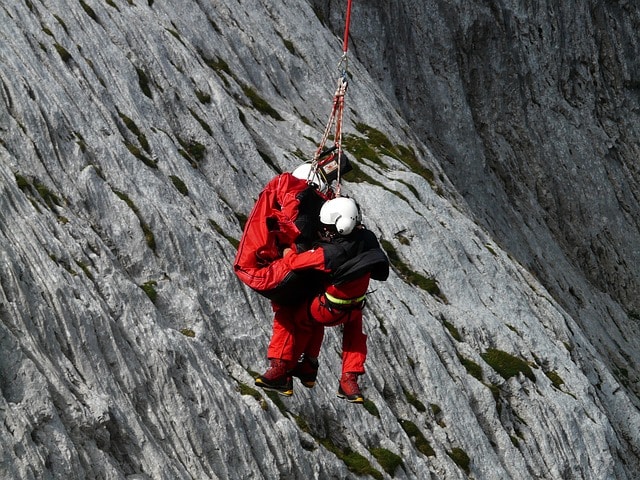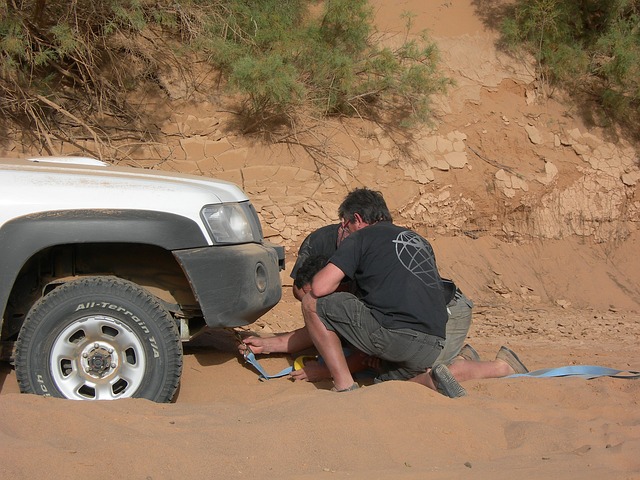
Slings are useful for carrying out rescues at height.
A sling is an element used to raise or elevate a heavy body. The concept comes from the English word sling .
According to what is detailed in the dictionary of the Royal Spanish Academy ( RAE ), the sling consists of a rope that has hooks . To understand the notion, therefore, it is convenient to focus on these terms.
Analyzing a sling
We said that a sling is a rope . This word comes from the Hispanic Arabic mabrúm , in turn derived from the classical Arabic mabrūmah (which can be translated as “twisted” ). Ropes are ropes that have a significant thickness and are characterized by their resistance .
A hook , for its part, is a curved device whose ends, or at least one of them, usually end in a point. Due to its design, the hook allows you to hang or hold something.
How it works
A sling can be said to be an intermediate item that links two other parts. It is a tape ending in a loop that has a traction or lifting hook.
The sling can be made of steel, polyester, nylon or other materials. The important thing is that it is resistant, elastic and flexible to have a good load capacity. Typically, its resistance is associated with the material and width of the rope.
The operation of the sling is simple. The lasso must be attached to what it is intended to lift, drag or secure; Therefore, at the other end there must be something or someone capable of performing or supporting a force .

With a sling it is possible to tow a vehicle that is stuck in the ground.
Uses of the sling
Slings are often used to move a vehicle that has become buried or trapped in soft ground. In these cases, the sling joins the stuck car with another that can pull it.
Another frequent use of the sling appears in the field of mountaineering . The sling makes it possible to create a belay or anchor point , protecting mountaineers from eventual falls .
Furthermore, the sling is useful during a rescue , as it allows someone who fell from a height to be lifted up. That is why this instrument is often used by firefighters .
Classification according to type
The flat sling is the most popular. It consists of a strap similar to a belt that usually has one or two hooks , although there are also flat eye-and-eye slings (with folds like eyelets at the ends) and flat inverted eye slings (whose eyes are twisted).
The multi-leg sling , endless sling , and ratchet sling are other types of flat slings. Cylindrical, tubular or round slings , meanwhile, have a different design and are generally more flexible and elastic than flat ones.
Sling Maintenance
To avoid damage to the sling, and therefore minimize the risk of accidents , it is important to analyze its condition before and after use. If the rope is frayed or has cuts, it should not be used.
It is easier to maintain the integrity of the rope if it is washed after use and stored dry (i.e., free of moisture ).
On the other hand, the sling should not be tied into knots or used when it is turned on itself. Otherwise it is more likely to end up breaking.
